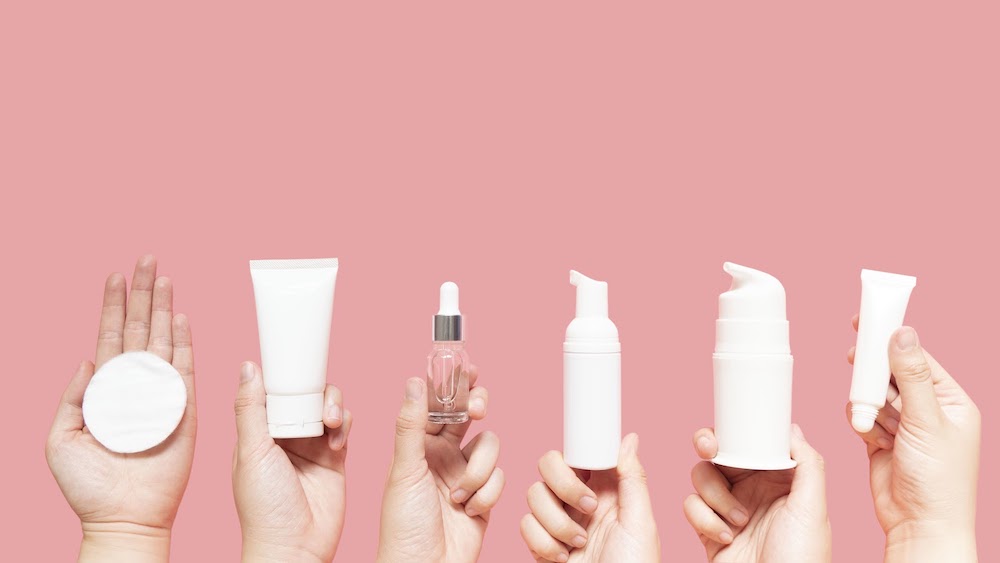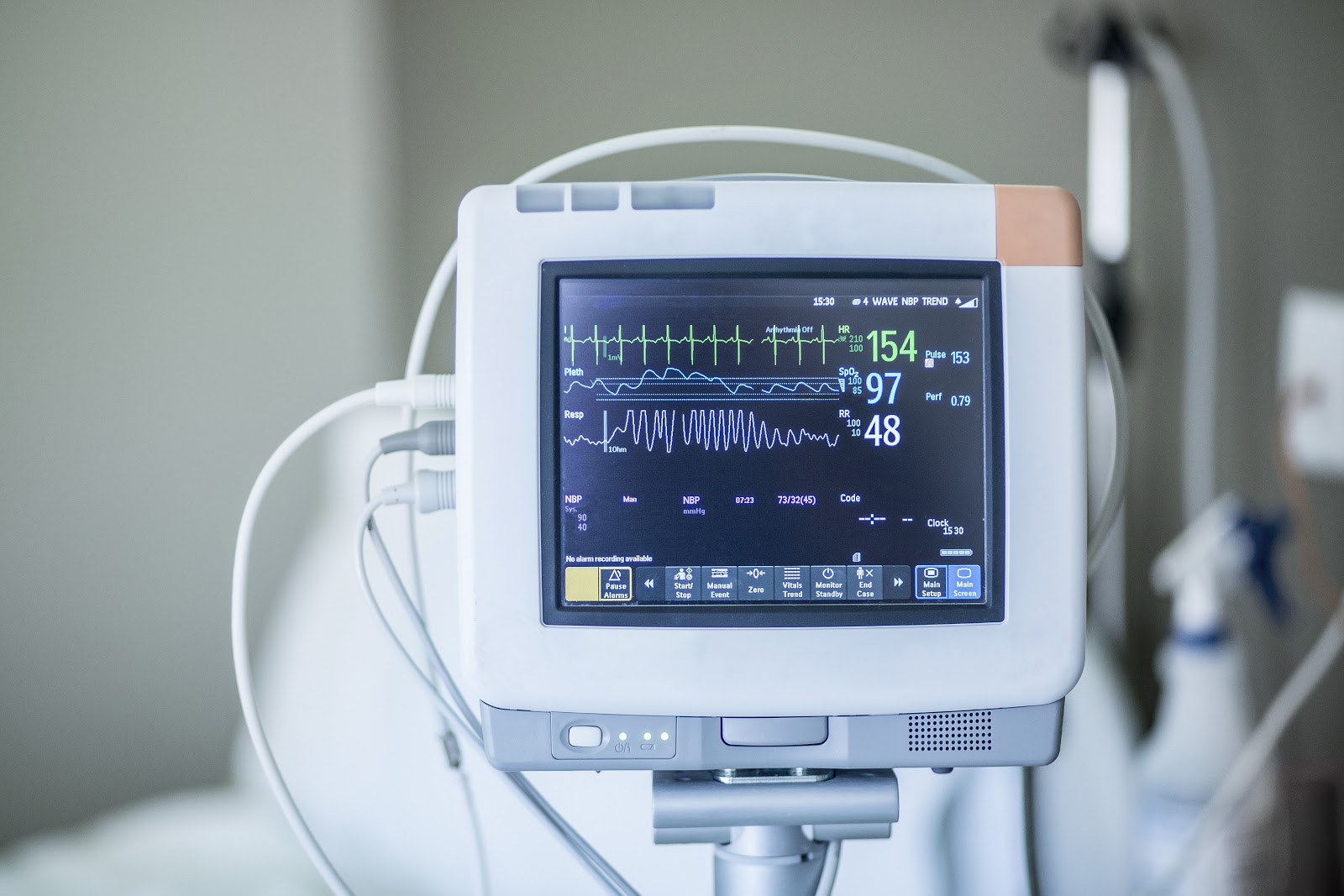The medical and pharmaceutical field is about to get much more complicated — specifically for companies operating in the EU.
In May of 2020, new Medical Device Reporting (MDR) regulations will be implemented throughout Europe. These new regulations — which are four-times longer than previous European medical device regulations — are aimed at improving patient safety.
But, as you’ll see later on, the increase in regulations isn’t unique to the EU. Across the entire medical device industry, new guidelines and rules are being created to ensure the safety of the end consumer.
Before getting to the nuts and bolts of these new regulations and how businesses can prepare for them, let’s break down some key stats and trends that revolve around the medical device industry to better understand where this industry currently stands, as well as the direction it is heading.
Medical Device Reporting Stats
- Medical device companies have seen a 300% increase in regulatory inspections of pharmaceuticals and medical devices. (Supply Chain Dive)
- In a 2016 Logimed study, 32% of medical device companies responded that increasing their regulatory compliance was their number one concern. With new regulations coming forward, this percentage is likely to increase as 2020 nears.
- According to the New York Times, there have been 80,000 deaths and 2 million injuries linked to inadequate and faulty medical devices.
Key Takeaways: There has been a definite increase in regulations throughout the medical device industry. At the heart of this increase is the need to combat the high number of deaths and injuries caused by faulty devices.
Medical Device Market Trends
- The global medical device market will continue to see steady growth with both sales revenue and international trade value, reaching heights over $543.9 billion and $289.2 billion respectively during 2020. (Medical Developments)
- The U.S. is the largest medical device market, currently valued at over $150 billion. (SelectUSA)
- While the U.S. will remain the biggest medical device market, Asia/Pacific and Western Europe markets are expected to expand faster over the next several years. (Mercer Capital)
- Wearable gadgets will continue to become more prominent. In 2018, Gartner anticipated that the market offerings for wearables will increase in 2019 by 26%. That number in 2020 is showing no signs of slowing down.
- Look for an increase in medical devices that are aimed at kids. In 2018, the FDA hosted a workshop to discuss the scarcity of pediatric medical devices currently in the market. The FDA also recently gave the go-ahead for a nerve-stimulation device that sits behind the ear and relieves pain for kids with irritable bowel syndrome who are as young as 11. (Medical Economics)
Key takeaways: In addition to the high number of deaths caused by inadequate medical devices, regulations are also expanding as the market continues to grow. New opportunities means new technology, which means new guidelines on how to properly build devices around the new tech and accurate label and artwork becomes imperative.
MDR Regulations Rundown
The new MDR regulations are requiring med-device companies to display a new set of symbols in information on packaging labels.
The two main types of information that will be required on med-device packaging are:
- Unique Device Identification (UDI) numbers
- This will be used to monitor device performance, detect potential device-related safety issues, and contribute to benefit-risk assessments of these products.
- Instructions for Use (IFU)
- IFUs will also be required on product information channels, like a company’s website. They must allow patients to see what the use of the device is, guidelines for reuse, warnings related to device disposal, and incident reports concerning the device.
In addition to the UDI numbers and instructions for use, the following symbols will now have to be present on the packaging to accommodate the more than 30 languages that are present in the EU:
- A crossed-out box for “do not use if the package is damaged.”
- An umbrella with raindrops for “keep this package dry.”
- A box containing the letters “UDI” to be placed adjacent to the UDI number.
Brands selling products in the EU must meet these new regulations if they want to stay in the market.
And, while these specific MDR regulations are unique to Europe, medical device companies across the world are seeing an uptick in new rules being put forth to keep patients safe.
Are You Prepared For the Increased Medical Device Regulations?
Ensuring that you have the systems in place to keep up with these changing regulations is a key factor in your company’s long-term success.
To find out if your company has the appropriate label and artwork processes in place to combat medical device regulations, watch this webinar — which addresses:
- What information and symbols are required on your medical device labels to comply with MDR.
- What are the best practices to improve your end-to-end packaging and labeling process from design brief to print, while achieving compliance and reducing the risk of recalls.
- How you can simplify your packaging content management process to operate and track the label changes and successfully navigate through the MDR complexity and meet the deadline.
When it comes to ensuring that your company can continue your rate of production even with new regulations, a proper packaging label and artwork management system is a must.
By incorporating state-of-the-art packaging software into your processes, you’ll be able to streamline your packaging design and creation and address any necessary label changes as a result of increased regulations.
If you’re looking to improve your packaging design solutions, it’s time to turn to Esko.
Esko WebCenter is the premier SaaS cloud label and artwork management solution.
- Project and task specification
- Dynamic forms and collaboration tools
- File management and asset library, this includes: technical keylines, artwork, graphics, logos, images
- Packaging Content Management, which includes: copy, nutritional fact tables, ingredients, etc.
- Easily invite unregistered users to the project through an approval link
- Version control and history tracking
- Easy-to-use viewing and annotation tools
- View, mark-up, and approve CAD files, PDF files, and image files with WebCenter’s high-resolution viewer
- 3D Viewer
With WebCenter, you’ll have a centralized location to store all your data-related to the label and artwork of each medical device, with set permissions for who can view, download, and edit files. You can also track version changes, and so can outside parties such as other suppliers and printers.
Companies operating in the med-device industry will need to adapt to meet MDR regulations, or risk facing some severe setbacks like fines and product recalls. Esko WebCenter allows medical device companies to navigate the complexities of the MDR regulations successfully.










